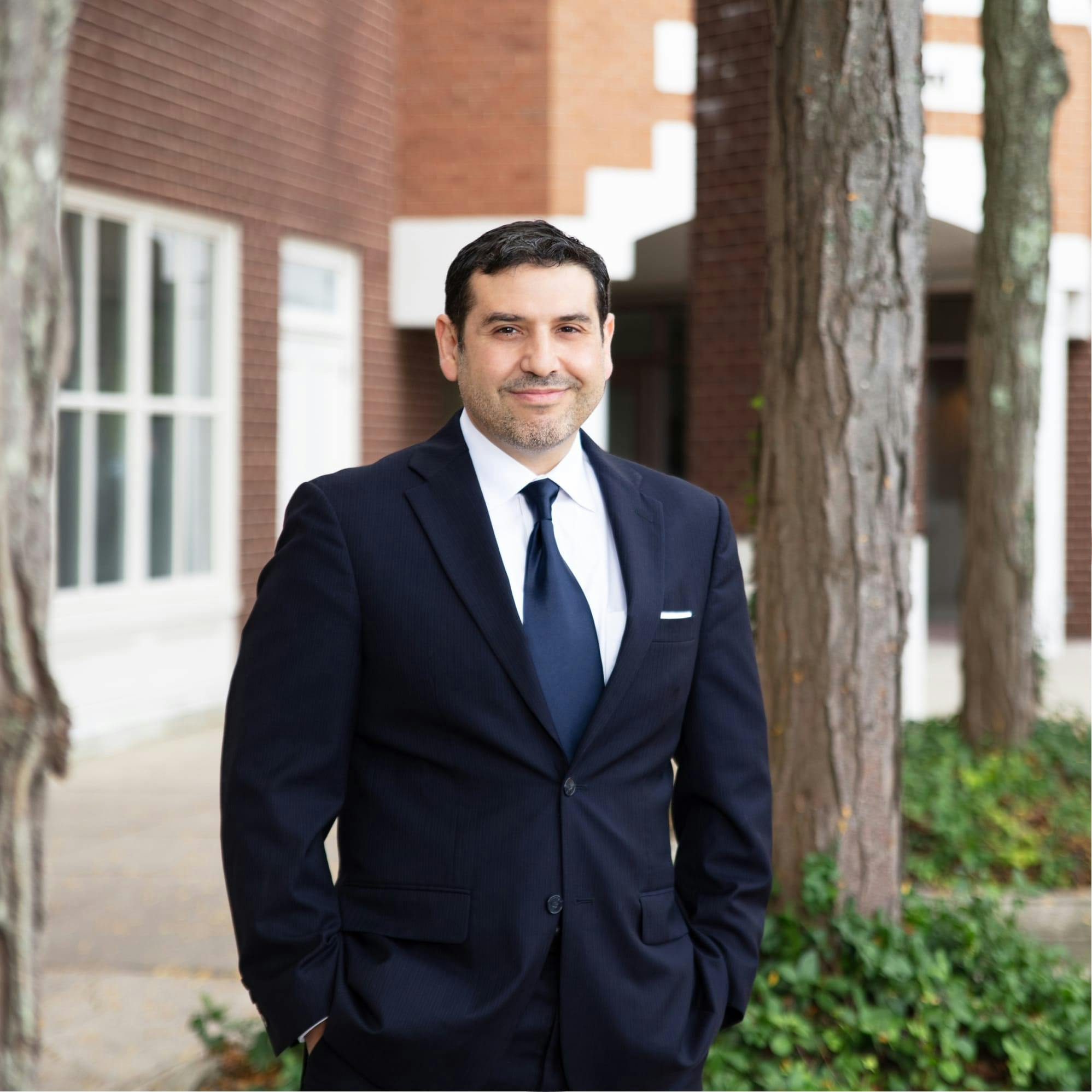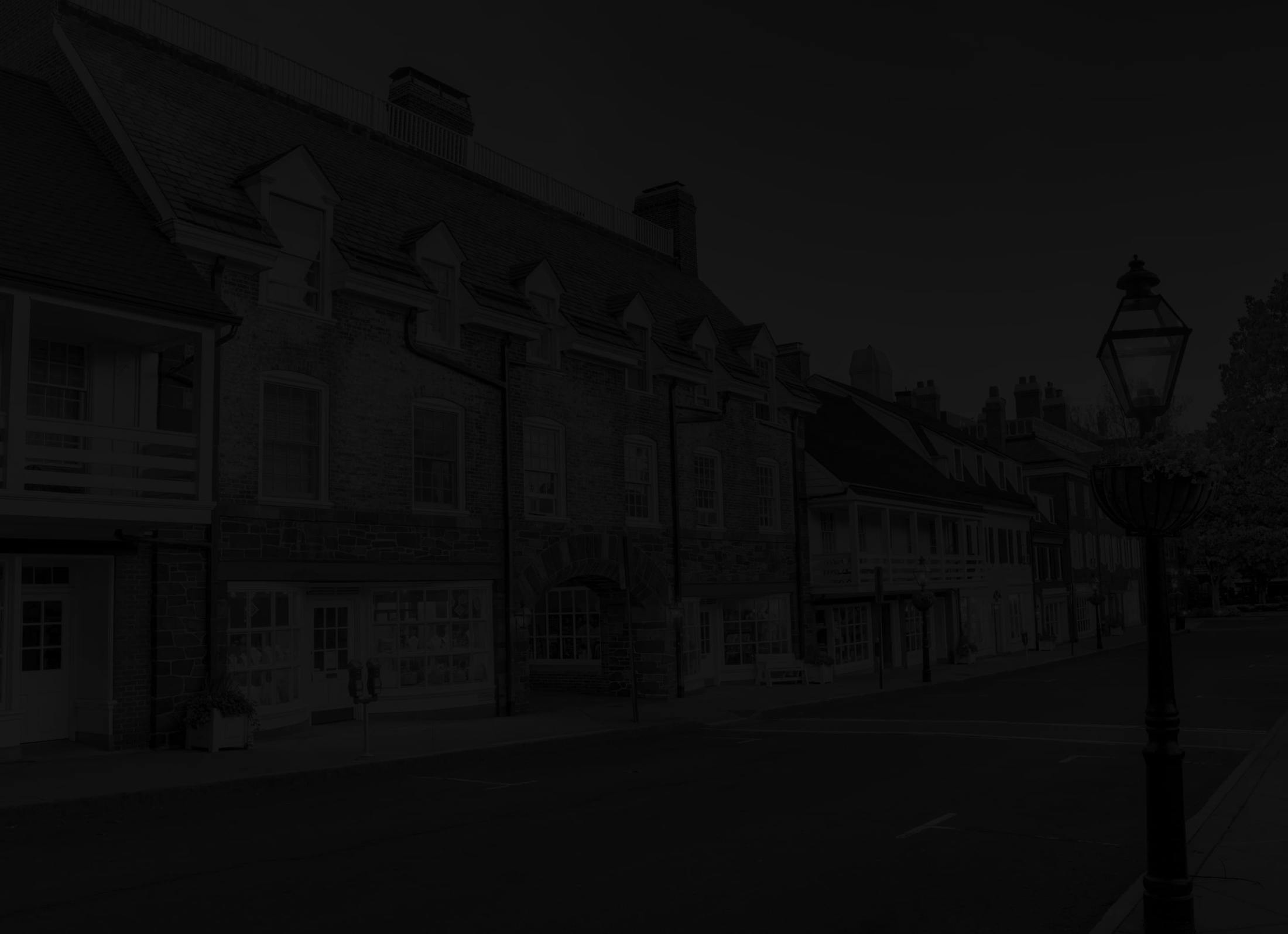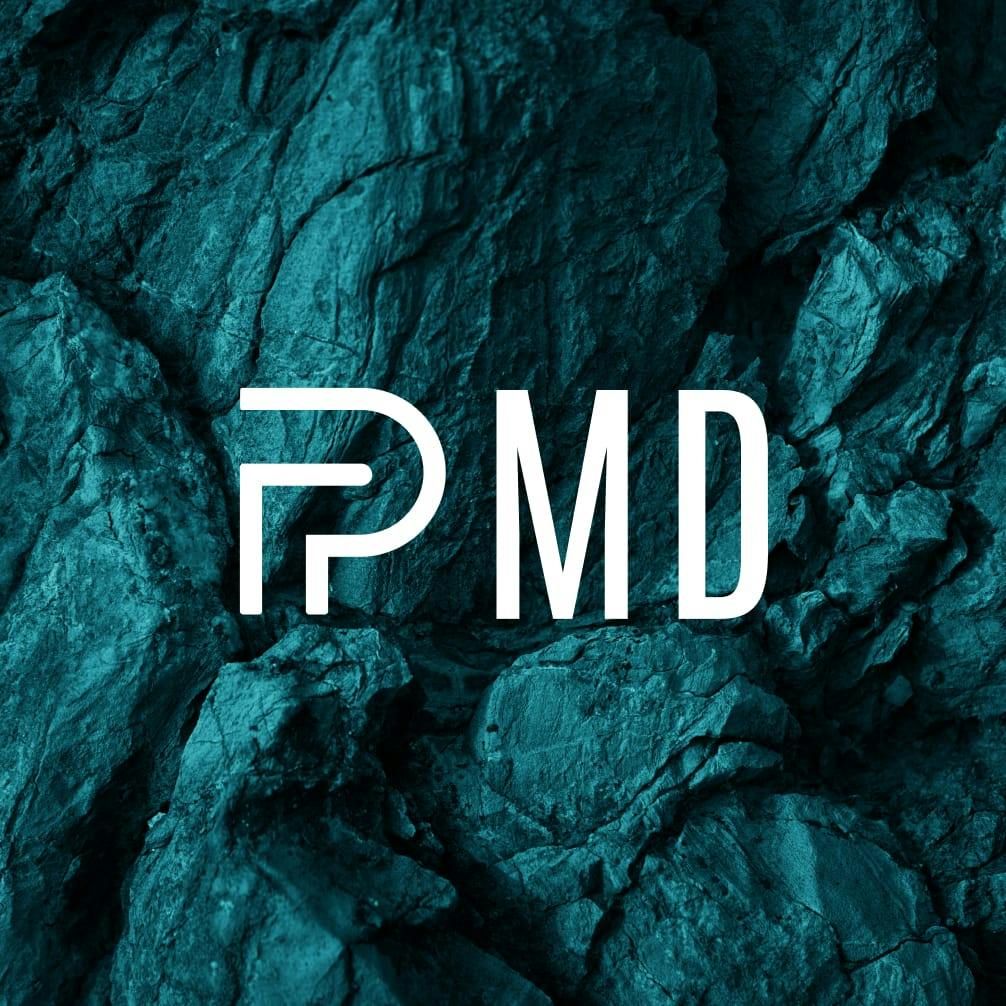This exciting development in hair restoration offers a simple, organic approach to combatting hair loss.
The Science Behind PRP
PRP stands for platelet-rich plasma, a vital component of our blood. The plasma portion of our blood contains regenerative cells, platelets, and essential proteins and growth factors that aid in rejuvenation and regenerative purposes. When PRP is separated from the rest of the blood's components, its potency increases significantly. A blood sample is placed in a centrifuge to isolate PRP from the mixture of other cells and fluids. The centrifuge spins the blood sample at a high velocity, separating the particulates and leaving platelet-rich plasma isolated for easy extraction. PRP is used in various cosmetic and reconstructive surgeries, with hair restoration being one of the most common applications.









